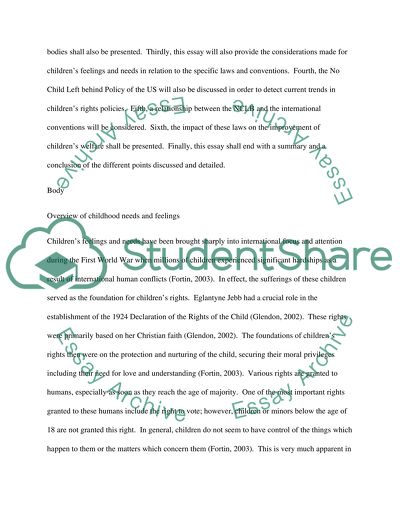Cite this document
(“Children's views, needs, wishes and feelings are at the heart of Essay”, n.d.)
Children's views, needs, wishes and feelings are at the heart of Essay. Retrieved from https://studentshare.org/education/1462667-childrenyies-views-needs-wishes-and-feelings-are
Children's views, needs, wishes and feelings are at the heart of Essay. Retrieved from https://studentshare.org/education/1462667-childrenyies-views-needs-wishes-and-feelings-are
(Children'S Views, Needs, Wishes and Feelings Are at the Heart of Essay)
Children'S Views, Needs, Wishes and Feelings Are at the Heart of Essay. https://studentshare.org/education/1462667-childrenyies-views-needs-wishes-and-feelings-are.
Children'S Views, Needs, Wishes and Feelings Are at the Heart of Essay. https://studentshare.org/education/1462667-childrenyies-views-needs-wishes-and-feelings-are.
“Children'S Views, Needs, Wishes and Feelings Are at the Heart of Essay”, n.d. https://studentshare.org/education/1462667-childrenyies-views-needs-wishes-and-feelings-are.


